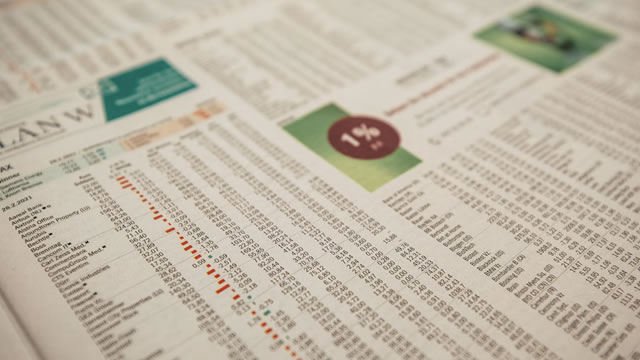The Impact of Federal Rate Hikes and Excess Liquidity on the U.S. Economy
Fed Rate Hikes and Excess Liquidity
Over the years, the Federal Reserve has implemented a series of rate hikes in an effort to control inflation and stimulate economic growth. Despite these rate hikes, the excess liquidity resulting from the COVID-19 pandemic, increased investment in artificial intelligence, and capital inflows have continued to support the U.S. economy and stock market.
Potential for Future Economic Growth
One key factor contributing to the stability of the U.S. economy is the weak lending environment. While this may seem like a negative aspect, it actually presents an opportunity for future economic growth. By lowering interest rates, the Federal Reserve can encourage borrowing and investment, leading to increased economic activity and job creation.
Challenges Ahead
However, the path to economic recovery is not without obstacles. High levels of inflation and the possibility of new tariffs being imposed pose significant challenges to the economy. Inflation erodes purchasing power and can lead to higher costs for consumers, while tariffs can disrupt trade and impact businesses that rely on imports.
How Does This Impact Individuals?
For individuals, the current economic landscape presents both opportunities and challenges. Lower interest rates could make it easier to borrow money for mortgages, car loans, and other large purchases. On the other hand, inflation may drive up the cost of goods and services, impacting household budgets.
How Does This Impact the World?
Internationally, the effects of the U.S. economy are felt far and wide. As one of the largest economies in the world, changes in the U.S. economy can have ripple effects on global markets and trade. High inflation and trade tensions could lead to increased volatility in financial markets and disrupt supply chains around the world.
Conclusion
In conclusion, the interplay between Federal Reserve rate hikes, excess liquidity, and other economic factors is complex and multifaceted. While the current environment has been supportive of the U.S. economy, challenges such as inflation and trade tensions loom on the horizon. It will be important for policymakers to carefully navigate these challenges in order to ensure sustainable economic growth and stability.





